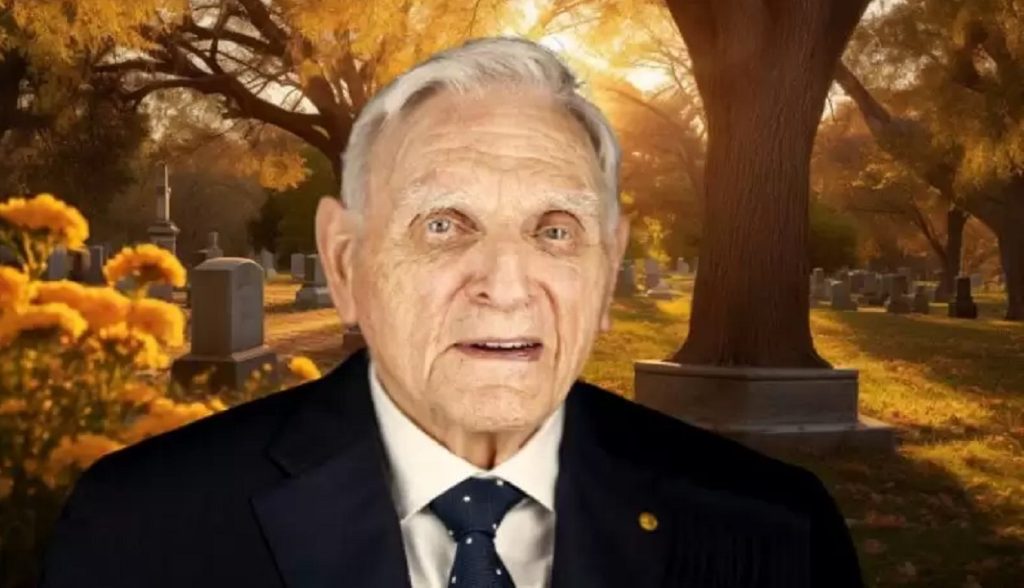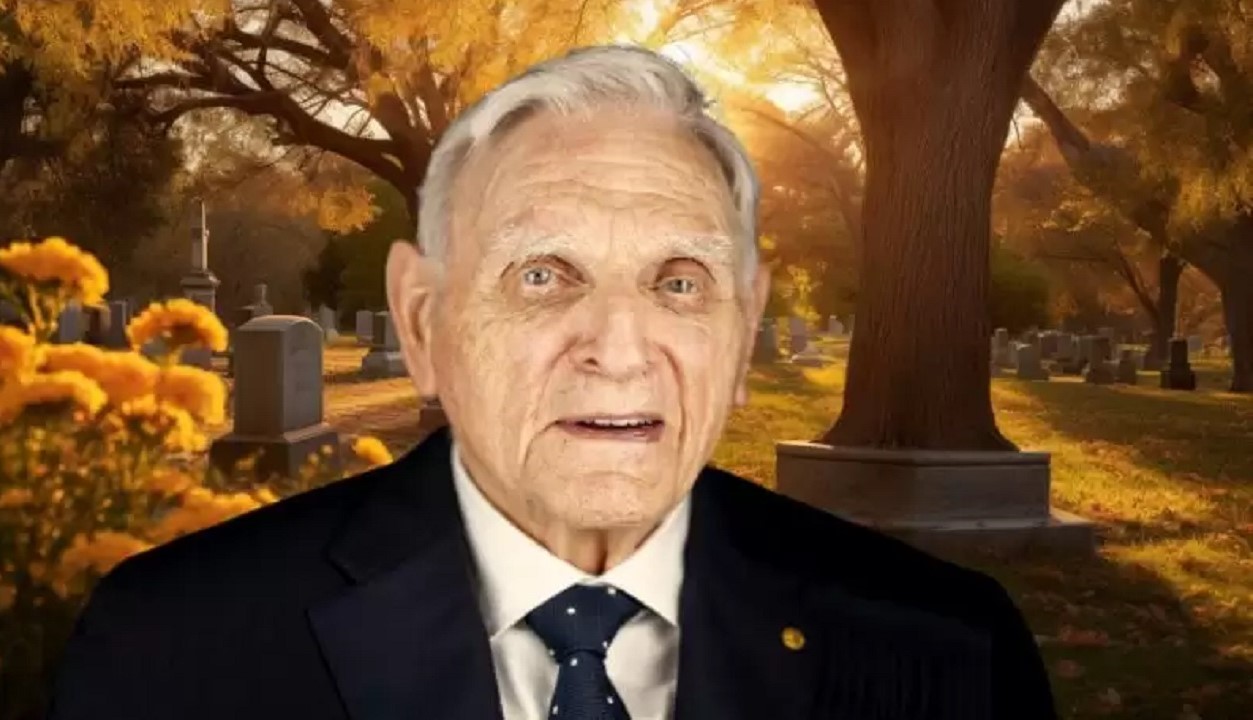With the recent death of the physicist, many are curious to know John Goodenough’s net worth. Curiosity over such topics is valid for someone who has achieved in life as much as him. Here is what we know about John Goodenough’s net worth and life.
John Goodenough Net Worth
John Goodenough has made numerous contributions. As of 2023, John Goodenough’s net worth is estimated to be around 5 billion dollars. A net worth of such calibre makes sense for the most renowned physicist of the century. John Goodenough’s net worth reflects all the work he has done in his life and how much fruit it bore.
John Goodenough’s Personal Life And Education
Goodenough was born on July 25, 1922, in Jena, Germany. He is the son of American parents Erwin Ramsdell Goodenough and Helen Miriam (Lewis) Goodenough. He and his brother attended Groton, a boarding school in Massachusetts. John also had two half-siblings from his father’s second marriage. His half-brothers are Ursula Goodenough and Daniel A. Goodenough. Despite being dyslexic, John Goodenough graduated summa cum laude with a Bachelor of Science in mathematics from Yale University in 1944.
After serving as a meteorologist in the U.S. Army during World War II, Goodenough pursued further education at the University of Chicago. He completed his master’s degree and earned a PhD in physics in 1952. Goodenough interacted with notable physicists like Enrico Fermi and John A. Simpson during his time at the university. It was at the University of Chicago where he met Irene Wiseman. She was a graduate student in history from Canada. The couple married in 1951 and did not have children. Goodenough celebrated his 100th birthday on July 25, 2022. Regrettably, he passed away at an assisted living facility in Austin, Texas, on June 25, 2023.
Related: What Is Scottie Pippen’s Net Worth?

John Goodenough Career
After completing his doctorate, Goodenough joined the Lincoln Laboratory at the Massachusetts Institute of Technology (MIT) as a research scientist in 1952. At MIT, he embarked on one of his initial projects. This involved the development of memory cores for the SAGE air defence computer. These revolutionary memory cores served as the foundation for the first random access memory (RAM) system.
In 1976, Goodenough’s career took a significant turn when he became a professor at the University of Oxford. Assuming the position of head of the Inorganic Chemistry Laboratory, he dedicated himself to advancing scientific knowledge in his field. In the same year, another brilliant researcher named M. Stanley Whittingham invented the first lithium-ion battery, utilizing a metallic lithium anode and a cathode of lithium ions between titanium disulfide layers. Goodenough proposed replacing the metal sulfide cathode with a metal oxide, recognizing the potential for improvement. In collaboration with his colleagues, he successfully developed a battery in 1979. It incorporated a lithium-ion cathode composed of cobalt oxide. Moreover, this breakthrough battery boasted a voltage potential of 4 volts. It surpassed Whittingham’s storm, which could only be 2.5 volts.
In 1986, Goodenough joined the University of Texas at Austin faculty. He assumed roles in the mechanical, electrical, and computer engineering departments. In addition to his research endeavours, Goodenough shared his expertise through several publications, including “Magnetism and the Chemical Bond” (1963), “Solid Oxide Fuel Cell Technology: Principles, Performance and Operations” (2009), and “Witness to Grace” (2008).
Related: Clark Haggans net worth: How Rich is He?
John Goodenough Distinctions
His remarkable contributions were recognized in 1976 when he was elected to the National Academy of Engineering for his groundbreaking work in designing electronic components. Moreover, he received memberships in the National Academy of Sciences, French Academy of Sciences, Spanish Royal Academy of Sciences, and the National Academy of Sciences, India.
2009 the Enrico Fermi Award honoured Goodenough’s groundbreaking contributions to lithium-ion batteries and plutonium metal. In 2010, he was elected a Foreign Member of the Royal Society. Furthermore, President Barack Obama presented him with the National Medal of Science in 2013. Not just that, he was also awarded the Draper Prize in engineering.
Goodenough’s outstanding research on lithium-ion batteries led to his recognition as a Clarivate Citation Laureate for the Nobel Prize in Chemistry in 2015, along with M. Stanley Whittingham. His remarkable accomplishments continued to be acknowledged with prestigious honours, including the Welch Award in Chemistry in 2017 and the Copley Medal of the Royal Society in 2019. The Royal Society of Chemistry established the John B. Goodenough Award in his honour.
In 2017, he received the honorary C.K. Prahalad Award from Corporate EcoForum (CEF) for his lifetime of achievements and groundbreaking discoveries with potential implications for sustainable battery storage. Finally, on October 9, 2019, Professor Goodenough was awarded the Nobel Prize in Chemistry, becoming the oldest recipient of this esteemed recognition.
Related: What is Alan Arkin’s Net Worth?


